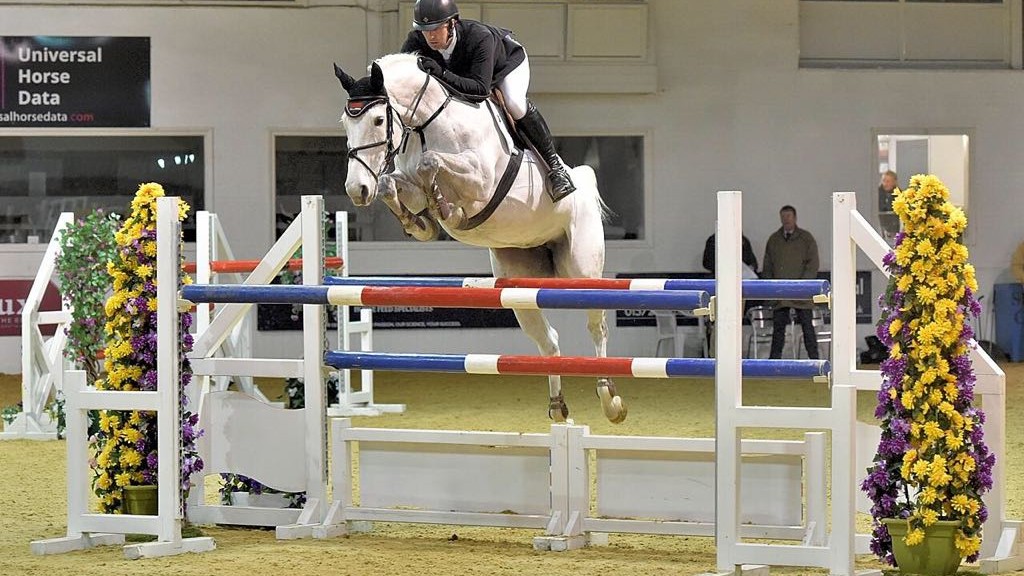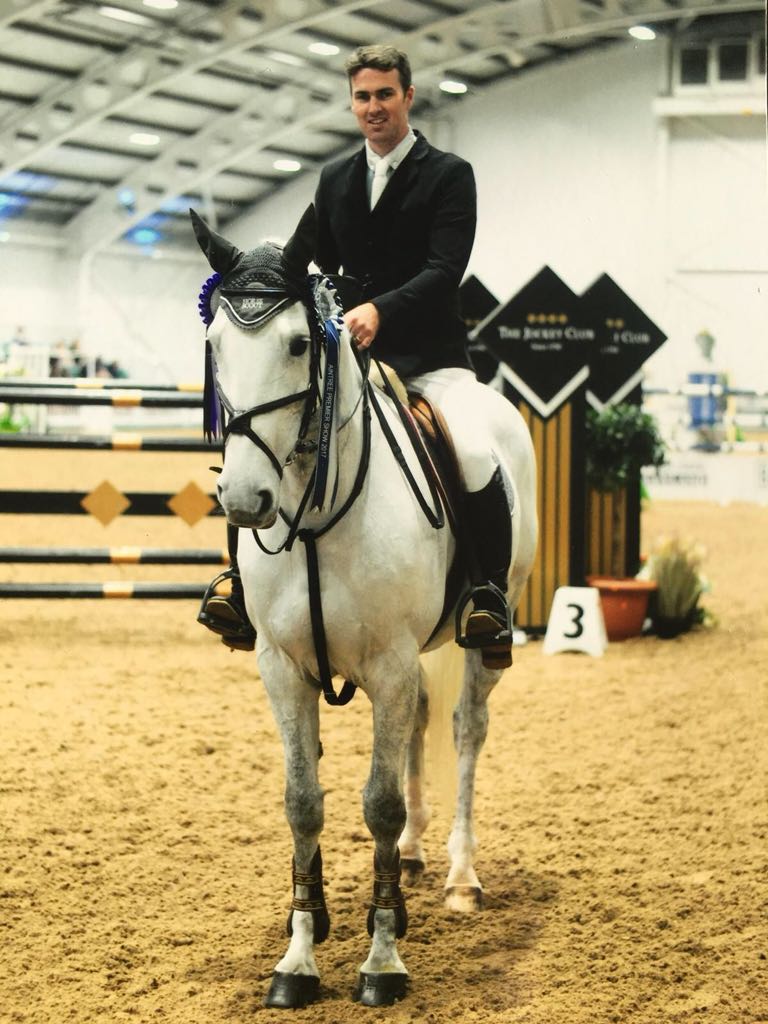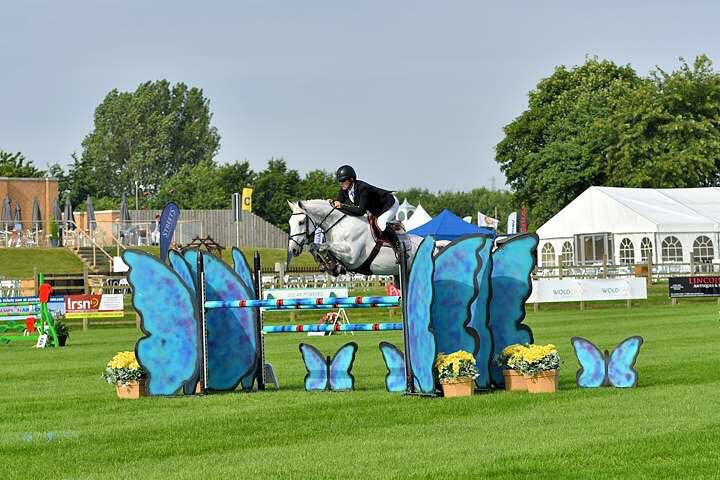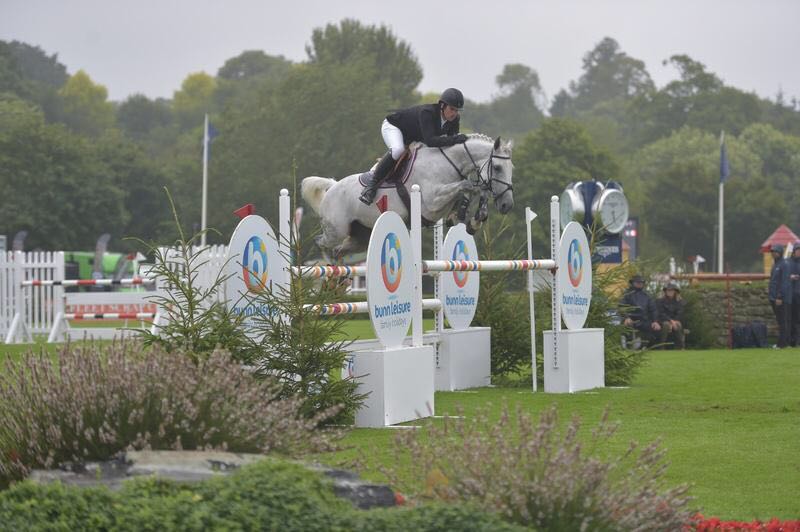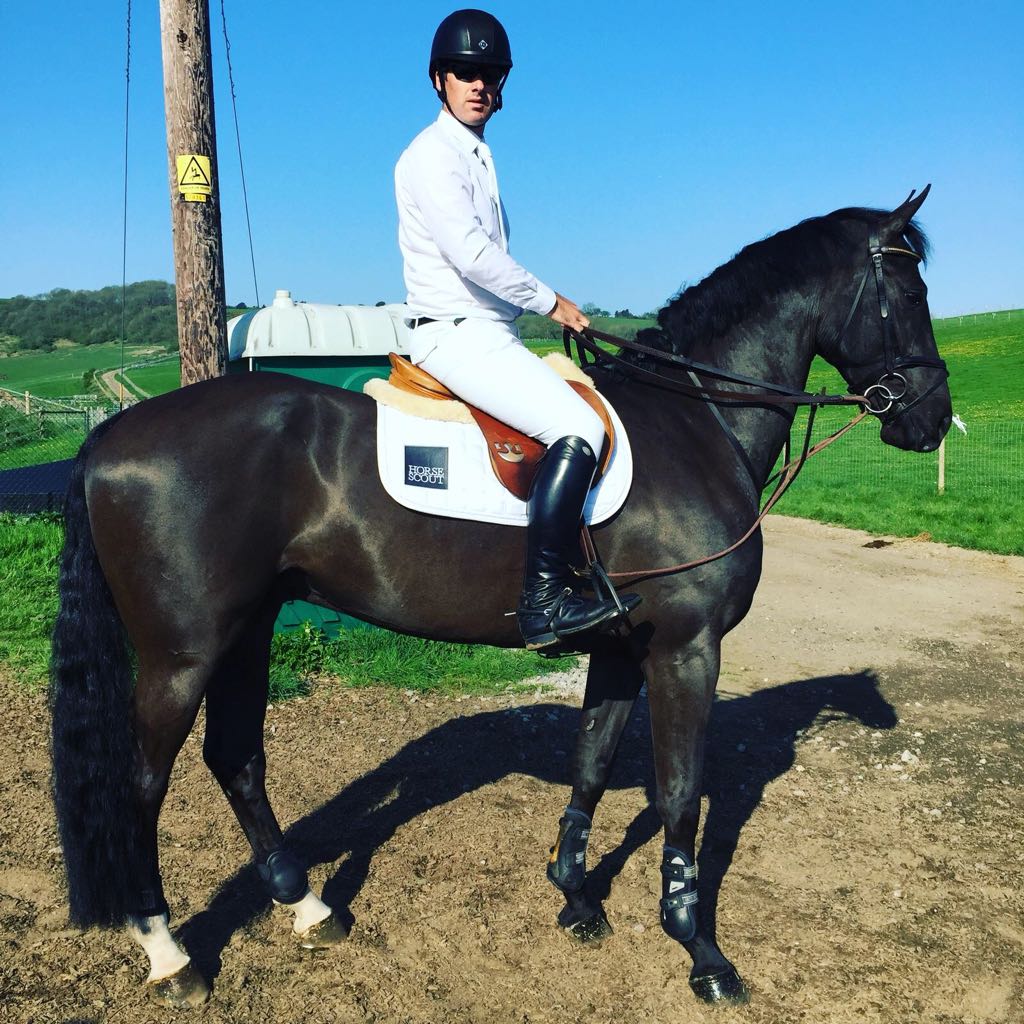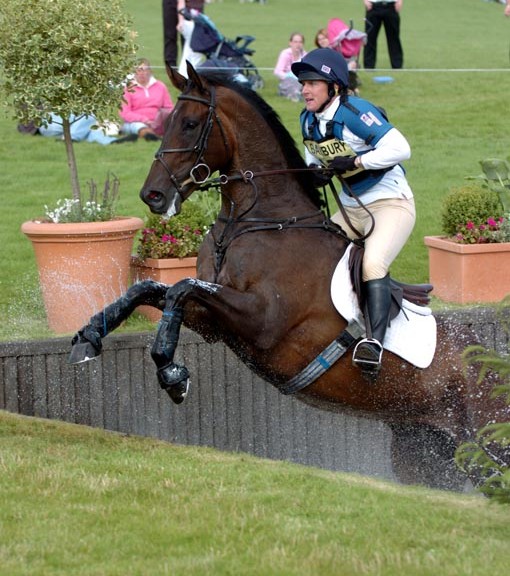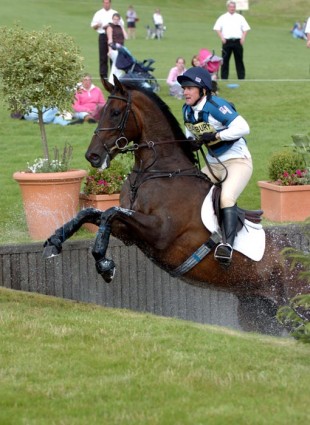HORSE SCOUT REAL: IRELAND v BRITAIN by EOIN GALLAGHER
Irish International Showjumper Eoin Gallagher has ridden at Grand Prix level and has been producing sports horses for 15 years. He runs a yard in the heart of Lincolnshire, which focuses on producing showjumpers and training riders. He won a training bursary with Stephen Hadley as a Junior and learnt his trade both on the Irish and the British showjumping circuit. Eoin has worked for other professionals as well as establishing his own equestrian business in both countries. Here he brings to light, the difference between the Equestrian world in the UK and Ireland.
“I came from a non horsey family in the North of Ireland but started riding at the local riding school and then the Pony Club. I first came to the UK as a junior rider but my first riding job over here was with Tim Brown. After working for Dermott Lennon back in Ireland and running my own equestrian business, I moved back to the UK to set up a yard.
In general, the equestrian world in Ireland is comprised of less professionals and it is made up more from private individuals who often have normal jobs but would produce a few horses on the side. Most of the Irish professional riders have moved abroad- to the UK, Europe or America.
What is great for a professional rider in the UK is the number of shows. You could go to a show six days a week if you wanted to. There is a greater variation of shows accommodating more levels and disciplines. In Ireland, there are not so many midweek shows, they tend to be on the weekend. This means that you go to shows every weekend where as in the UK, the midweek shows allow me to spend some time at home on weekends to train amateur riders. It is easier being closer to Central Europe too, where the CSI shows are better and there are more of them.
In the UK, the biggest thing is that there is more Equestrian population. So far more people doing it so that obviously presents more opportunities for selling horses and training riders. The weather is better too!
The Equestrian population in the UK has it’s downsides though and could learn a few lessons from Ireland. Firstly, I think in Ireland it is a better system for producing young horses. There is a big emphasis on age classes and that is why we have so many getting to the World Young Horse Championships in Lanaken and being successful. There is a series for the young horses which runs through the spring and summer, it comprises eight two day shows for five, six and seven year olds. The five year olds don’t have to jump off and the double clears share 3150 euros. The six year old and seven year old classes do have jump offs and the total prize fund for each is 2700 euro at each show. This series is backed and promoted by Horse Sport Ireland and it has had a major impact on how the industry in Ireland has been structured over the past decade from the breeders all the way through production and finally sales. The extra prize money has meant that riders with good enough young horses have been able to produce them longer without having to sell at a younger age to earn a living. The horses then enter a different price bracket as seven year olds and inevitably returns a much higher price back to the owner and rider.
There is also a 1.50m Grand Prix series which runs for nine shows and has a prize fund of 10,000 Euro for each show. Many of these classes overlap with the Young Horse Series and the higher placed riders in the league are invited to jump the CSI***** at Dublin in August.
In the UK we have the Newcomers and Foxhunter system rather than defining a horse by it’s age, which means you have 10 year olds jumping Foxhunters alongside six years olds. It takes away from the desired progression of the Young Horse with many riders simply chasing the dream of jumping at HOYS which can sometimes come at a detrimental cost to a horse’s long term career.
In Ireland there may not be such a large Equestrian population but there is more of a “horse culture” in our heritage. You only have to look at the massive attendance to Dublin Horse Show, where many of the spectators don’t even own a horse but there is just a national interest in Equestrianism. Last year was my first time attending the British Nations Cup and I was shocked and disappointed at the lack of public attendance and support for such a prestigious class. I’ve grown up knowing that Friday at Dublin horse show was always a sell out for the Nations Cup.
In the UK, it is different. You sometimes have new people coming in from outside the industry and they don’t always understand it in a practical sense. In some cases they are led more by litigation and blame culture and everything has to be insured. So for selling horses, it has become a really difficult market. Good horses are failing vetting’s because, vets are scared of being sued and private people are afraid to buy from what they term as “dealers”. For example, I don’t class myself as a “dealer” in the way it is construed. I produce horses professionally to sell which involves training and educating them. Often with these buyers, they are naturally suspicious and assume that because they are buying from a commercial yard, we must all be like dodgy used car salesmen. It is a difficult time for professionals like myself.
I like Irish bred horses and my current top horse Princess Leah, is Irish bred by Ard VDL Douglas. But my belief is that a good horse, is a good horse, however it is bred. I prefer a blood type horse so tend to pick modern continental bloodlines like KWPN, Belgium (BWP) and even French (SF). Heartbreaker and his sons have sired some prolific horses at top level as have Clinton, Cornet Obolensky and Kannan.”
“This has brought a new level of marketing and services to horse selling and promoting your Equestrian business. I like the way the website includes so much detail so you can upload lots of photos, videos and information.
It has a clean, fresh look whilst some of the others have barely changed their look over the years.
It is also managed by people who are equestrian professionals themselves and actively involved in the industry. So they understand at board level, what the demands really are”.

